Is Cupping Therapy a Good Solution for Endurance Athletes?
If you have watched sports any time over the last several years, chances are you have seen athletes’ skin covered in large purple dots. While it may look as though these folks were on the losing end of a battle with an octopus, the reality is that those purple dots were likely the result of cupping. Originating in ancient China, the practice of cupping is hardly new but many may wonder just what exactly the procedure is and what is it good for.
Cupping has been utilized for thousands of years as an alternative medicine but has only recently gained mainstream traction. The practice involves a certified practitioner placing specialized glass or plastic cups on various areas of a patient’s skin. Suction is created by either heating the glass cups or using an air pump if the cups are plastic. Once the suction is created, the cups are left on the skin for up to 15 minutes during which the skin is slightly pulled up and away from the underlying muscles. This allows for blood to circulate in the area under the cup which aids in muscle health, functionality, clears out any pathogens, and boosts the body’s immune response.
Cupping therapy can take several forms or modalities including needle cupping, orthopedic cupping, bio-magnetic cupping, or massage cupping. The treatments are most commonly performed in massage or acupuncture clinics but are also becoming more popular in physical therapy offices. Though generally not painful, patients may experience mild discomfort during cupping sessions. Not all patients will have marks after cupping sessions but in general, any marks last as little as two hours to as long as three weeks. Furthermore, the presence, or lack thereof, of marks is not indicative of effectiveness.
Cupping therapy can be very beneficial for athletes as a means of conditioning and rehabilitating their muscles. By utilizing pressure to draw tissue up into the cup, patients can release tension in their muscles without suffering from the discomfort associated with force or compression. In essence, cupping acts as a reverse massage in that rather than forcefully pressing down on muscle tissue, the structures are lifted up in order to aid recovery. Cupping is thought to provide relief to athletes suffering from various injuries related to their sport such as shin splints, sciatica, IT Band syndrome, frozen shoulder, and plantar fasciitis.
Given the rise in popularity, some are left wondering if cupping actually works. From a scientific perspective, there is no consensus yet established regarding the efficacy of cupping. One small 2012 study investigated people with chronic neck pain that either utilized a cupping regimen or training in relaxation techniques. While both groups noted similar reductions in overall pain, scores for overall well-being were higher in the cupping group. Another 2013 study in patients with lower back pain, reported similar results after undergoing cupping therapy. However, experts in a 2018 study concluded that there was not adequate evidence to say with confidence if the practice works and could not recommend for or against its use in athletes. As it stands today, practicing cupping really comes down to personal experience on whether it provides recovery benefits to athletes undergoing the therapy.
